On Rothesay, Isle of Bute in Scotland, I saw a large flying insect landing on the tarmac of the road. This appeared to be a large bee, possibly carrying two smaller ones on its back. Tom Loader Ipswich, Suffolk
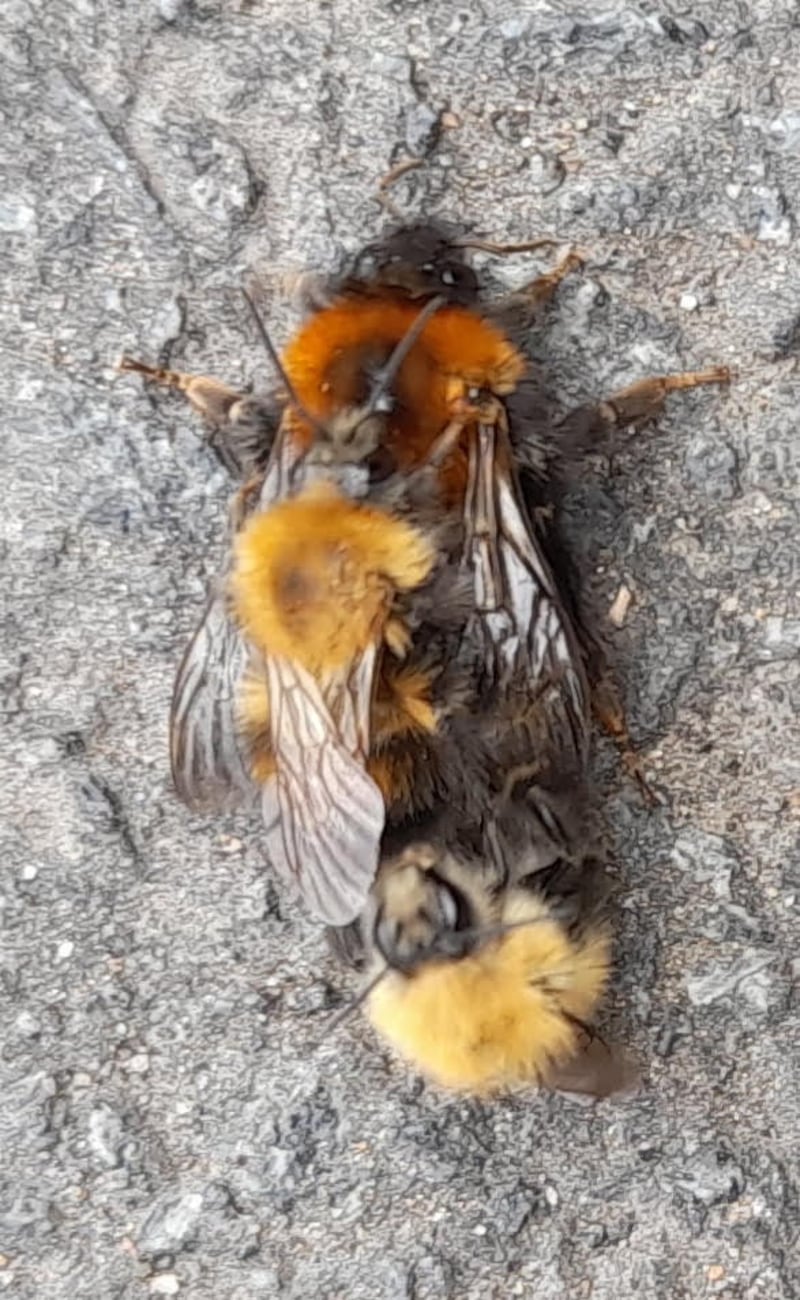
This is a queen red-tailed bumblebee being mated by the smaller, differently marked drone, while another waits its turn. Queen bumblebees can mate more than once, as can bumblebee drones – unlike the drones of the honey bee, who die after mating as their endophallus remains in the queen.
Louise Kirwan and her son also saw the same carry-on taking place on pebbles outside their house in Killester, Dublin.
These lime hawk-moths were mating on a rose in our garden. J White by email
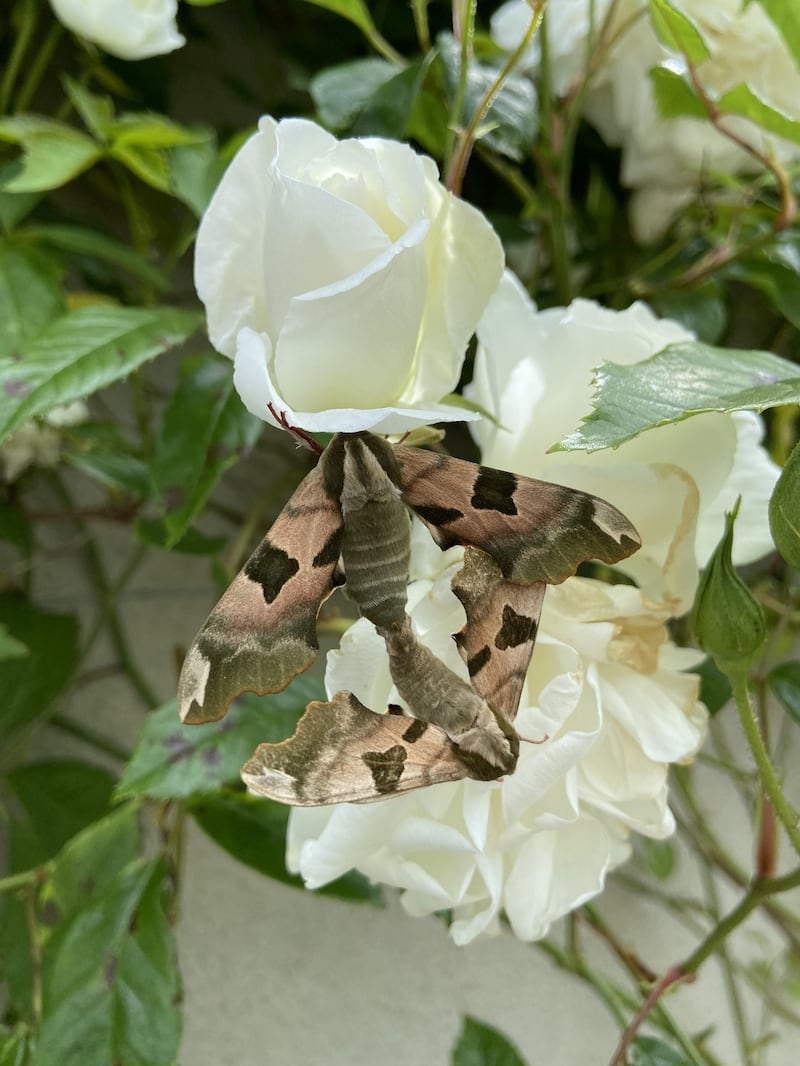
’Tis the season all right. Their caterpillars feed on the leaves of the lime and silver birch at night.
This young birch’s leaves are being devoured by caterpillars. What kind are they? Richard O’Beirne, Sligo
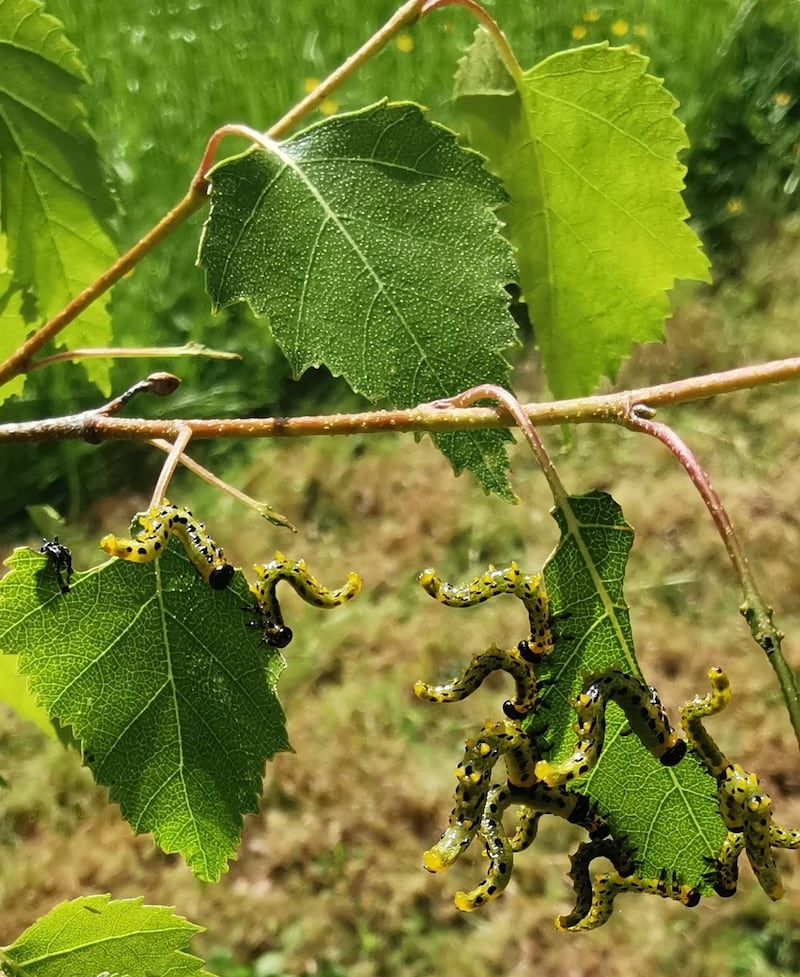
They are the caterpillars of the birch sawfly, which can also feed on willow and alder.
I noticed these ants on our horse chestnut tree. They seem to be herding small, aphid-like insects. Are they farming them for their honeydew? Chris Leonard, Dublin 15
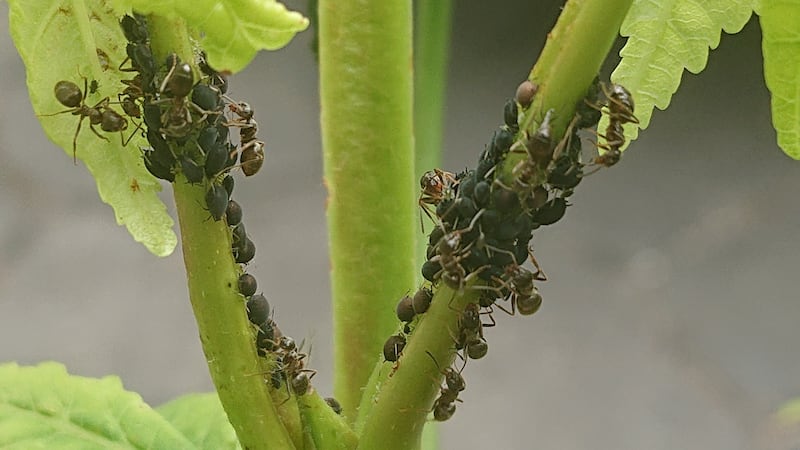
They are indeed. The aphids suck in the plant sap and expel the excess sugars as a sweet sticky liquid – honeydew. Ants protect them from enemies such as ladybirds so that they can feast on the exudate.
I saw these very tall flowers by the sea at Whitestown, Co Louth. Elaine Cluskey, Duffy’s Cross, Co Louth
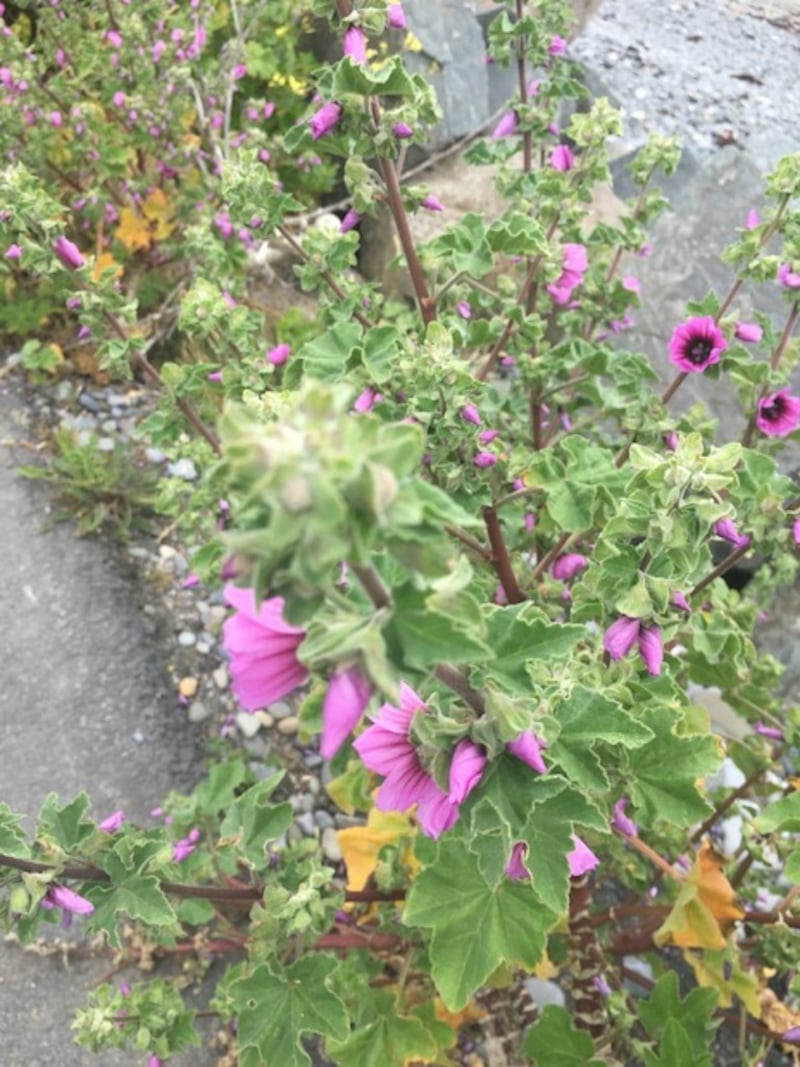
It is the tree-mallow, which can grow to more than 1m in height and have stems with a woody base. It is native on rocky ground by the sea.








